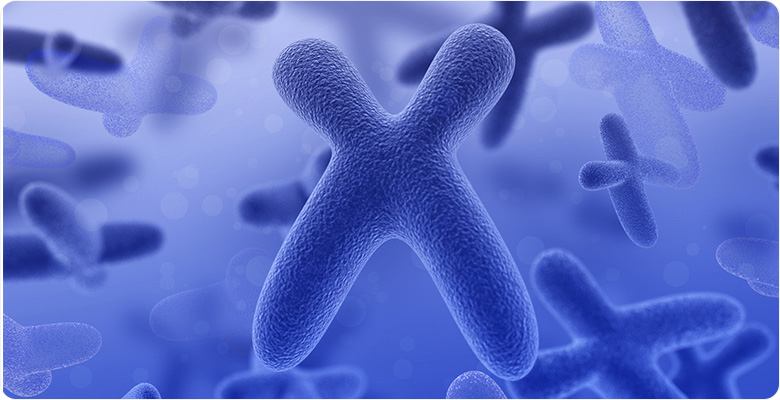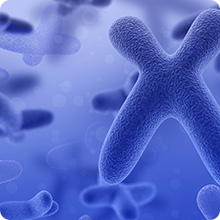
Auto focusing with 200 frame/second and a single focusing time
12 july 2018Light field, fluorescence, dark field, hologram... Sample information can be maximized from images obtained by different imaging techniques. The amount of information stored in the image is much more than that of single detection technology such as flow cytometry (only acquiring the total fluorescence information of a single cell), protein content detection (no cell information), gene expression (no cell information). The image retains the morphological information and tissue relationship of cells, and can be used for in situ detection with various specific probes, which greatly expands the information flux.
If the test results need to be statistically significant, the sample size of the object to be tested needs to reach a certain amount of scale to remove sampling errors. Flow cytometry can accurately send cells to laser spot detection area by sheath-flow focusing principle, which can detect more than 100,000 particles per second. Protein detection technology can break large-scale cells and measure the total value. However, when taking cell images, the process is complex. It is necessary to use a microscope to select the appropriate magnification and then focus the cells. If the fluorescence signal is taken synchronously, the total value can be measured. It will be longer. Traditionally, image information is not analyzed statistically because of its slow acquisition speed.
Although the image retains the information of the sample to the maximum extent, the information is in disorder. In the past decades, there has been no reliable technology and computer computing power to extract the effective information. With the advent of highly parallel computing chips such as GPU and FPGA and deep learning algorithms, image processing operations have been reduced from hundreds of hours to minutes or seconds.
Everything seems to be ripe, but the speed of microscopic photography is the last stumbling block. Although microscopes have been invented for centuries, their use has remained unchanged: focusing, observing, changing vision, refocusing, re-observing, etc. Although these steps can be automated, as long as there are a lot of focusing processes, the overall detection time becomes unacceptable, especially for high power mirror observation, which often takes up to several hours. Although most of the tests in clinical laboratories are automated, only microscopic observation is still done manually.
Since 2008, after ten years of research and development, a set of unique hardware and algorithm has been established, which solves the focus problem of microscopic scanning and achieves high-resolution and high-speed scanning. Using 100X oil mirror to scan the whole slide, the time was shortened from 2 hours to 1 minute, which solved the last bottleneck problem for automatic analysis of microscopic medical images.





 Bionovation@hotmail.com
Bionovation@hotmail.com 858-2267172
858-2267172 11585 Sorrento Valley Rd.
11585 Sorrento Valley Rd.

